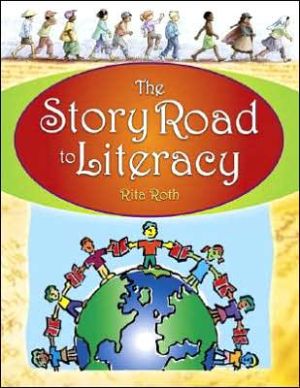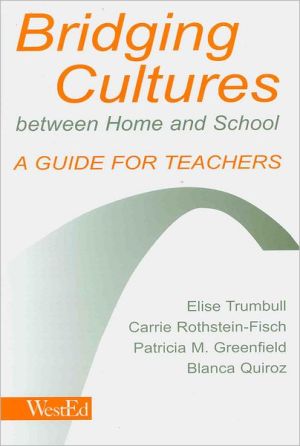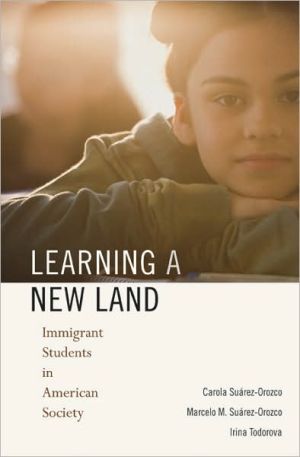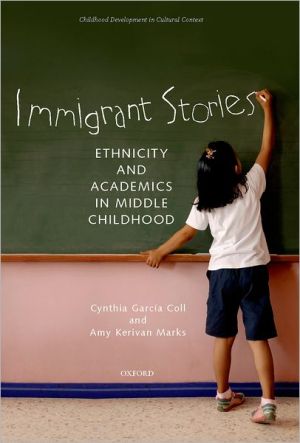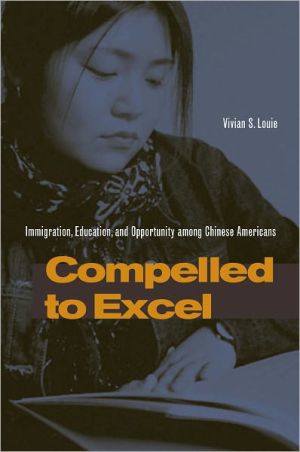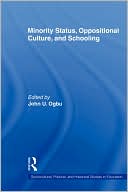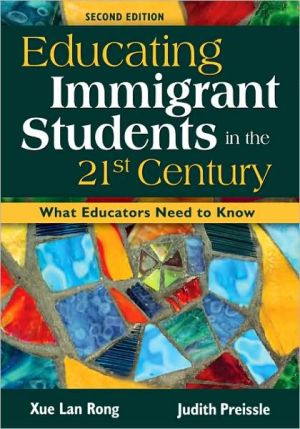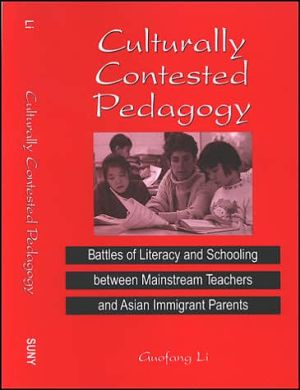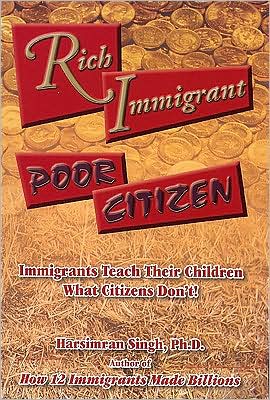Story Road to Literacy
This collection of original stories collected from oral tellings from immigrant students in grades 1 to 12 provides, in addition to useful teaching strategies, bibliographies of folktales from various cultures and other helpful information for teachers and librarians working with ESL students.\ This book grew out of research conducted during a sabbatical as Associate Professor of Education at Rockhurst University in Kansas City. The study focused on collecting folktales from recently...
Search in google:
This book grew out of research conducted during a sabbatical as Associate Professor of Education at Rockhurst University in Kansas City. The study focused on collecting folktales from recently emigrated school children in order to build a curriculum to support the growth of English literacy in these students and their native English-speaking classmates. The students ranged in age from first graders to high school seniors. The countries represented were: Azerbaijan, Bosnia, Colombia, India, Iran, Korea, Laos, Mexico, and Somalia. An interesting finding of the study is that children from completely different countries, of different ages, and in different school districts, tell the same stories--variants on the Wolf and the 7 Little Kids, Cinderella, and so on. The study was conducted over the course of one school year in two states and three public school districts: one inner city, one middle-class, and one suburban upper middle-class. Along with the stories themselves, The Story Road to Literacy provides suggested teaching strategies. These strategies were selected to provide opportunities to stimulate reading, writing, talking, listening and thinking--all crucial components of literacy. Following this, there are suggestions for teachers to invite their students to tell, write, and share their own stories and to create new folk tales. The book contains the original unedited stories, the stories in the original handwritten form, student pictures, and copies of the stories in edited format. Appendices provide copy-ready stories in both formats for reproduction, lists of like folk tales from varying cultures, information about the cultures of students represented in the study,and other helpful bibliographies. This book will be particularly of use to ESL teachers and classroom teachers with ESL students. Because of the primary sources and the story collections, librarians, both school and public will find this book a must. Grades K-12. School Library Journal Bilingual, multilingual, ESOL (English Speakers of Other Languages), LEP (Limited English Proficient), ESL (English as a Second Language), ELL (English Language Learners)-whatever you want to call these students-if you are working with them, you need this book. Roth advances the idea that using traditional literature with students who are learning English will help them acquire critical communication skills while tying unfamiliar new places to familiar elements of their own heritages. The author provides practical, ready-to-use lesson plans, story samples, and suggested activities. She includes student-written stories from Iran, Korea, Bosnia, India, Azerbaijan, Mexico, Laos, Somalia, and Colombia. Resource lists of folk and fairy tales from all over the world also are included. The activities describe how to compare the stories to one another and how to relate them to the students' own experiences. The suggestions range from the basic (Venn diagrams, story maps, charts, graphs, story cubes, etc.) to more involved strategies such as "Sketch to Stretch" (drawing pictures that show variations in setting or clothing, then discussing similarities and differences) or role-playing activities, to name only a few. The book contains a wealth of resources for anyone interested in using traditional literature in upper elementary through high school classrooms.-Lucinda Snyder Whitehurst, St. Christopher's School, Richmond, VA Copyright 2006 Reed Business Information.
IntroductionThe Power of StoryImmigrant Students in Regular ClassroomsA Gathering of TalesOne Story and Its TravelsA World of StoriesTales of Tests and TricksStories of Revenge and GratitudeTales of MagicTales of the Good and the BadMaking Our Own FolktalesCome, Tell Us a TaleWhere We Are NowSummary and ConclusionReferences
\ From the Publisher"Drawing upon her more than 40 years of professional classroom experience, Rita Roth offers an new and insightful exploration of the most efficient and effective teaching form for children in The Story Road To Literacy. Informing the reader on how best to teach a child reading, writing, speaking, listening and thinking, The Story Road To Literacy acts as an informed and informative instructional guide filled from cover to cover with diverse and practical strategies, as well as proven tactics to properly educate students and children for such fundamental academic skills. The Story Road To Literacy is a very strongly recommended addition to the library reference collections of all elementary K-5 teachers, as well to new parents and homeschooling parents, wanting for a head-start on their child's educational performance."\ -\ Library Bookwatch\ "Bilingual, multilingual, ESOL, (English Speakers of Other Languages), LEP (Limited English Proficient), ESL (English as a Second Language), ELL (English Language Learners)--whatever you want to call these students--if you are working with them, you need this book. Roth advances the idea that idea that using traditional literature with students who are learning English whill help them acquire criticial communication skills while tying unfamiliar new places to familiar elements of their own heritage. The author provides practical, ready-to-use lesson plans, story samples, and suggested activities….The book contains a wealth of resources for anyone interested in using traditional literature n upper elementary through high school classrooms."\ -\ School Library Journal\ \ \ \ \ \ School Library JournalBilingual, multilingual, ESOL (English Speakers of Other Languages), LEP (Limited English Proficient), ESL (English as a Second Language), ELL (English Language Learners)-whatever you want to call these students-if you are working with them, you need this book. Roth advances the idea that using traditional literature with students who are learning English will help them acquire critical communication skills while tying unfamiliar new places to familiar elements of their own heritages. The author provides practical, ready-to-use lesson plans, story samples, and suggested activities. She includes student-written stories from Iran, Korea, Bosnia, India, Azerbaijan, Mexico, Laos, Somalia, and Colombia. Resource lists of folk and fairy tales from all over the world also are included. The activities describe how to compare the stories to one another and how to relate them to the students' own experiences. The suggestions range from the basic (Venn diagrams, story maps, charts, graphs, story cubes, etc.) to more involved strategies such as "Sketch to Stretch" (drawing pictures that show variations in setting or clothing, then discussing similarities and differences) or role-playing activities, to name only a few. The book contains a wealth of resources for anyone interested in using traditional literature in upper elementary through high school classrooms.-Lucinda Snyder Whitehurst, St. Christopher's School, Richmond, VA Copyright 2006 Reed Business Information.\ \
